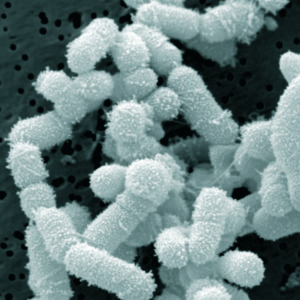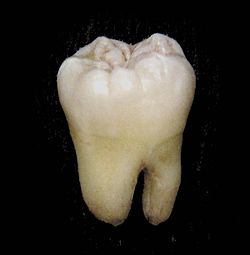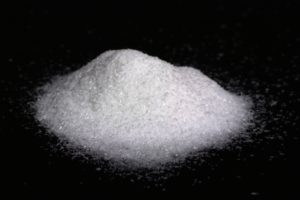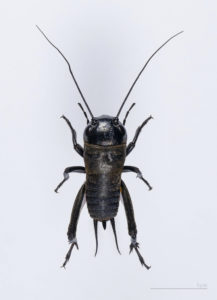 It is now my eleventh year of successfully treating sinus infections with only the probiotic Lactobacillus sakei. This includes regular sinus infections, chronic sinusitis, and even when there are just a few sinus symptoms (you know, the gradual slide toward sinusitis). No antibiotics and no antibacterials in all this time! Yes, it still feels miraculous!
It is now my eleventh year of successfully treating sinus infections with only the probiotic Lactobacillus sakei. This includes regular sinus infections, chronic sinusitis, and even when there are just a few sinus symptoms (you know, the gradual slide toward sinusitis). No antibiotics and no antibacterials in all this time! Yes, it still feels miraculous!
Studies show that the beneficial bacteria Lactobacillus sakei occurs naturally (in tiny amounts) in healthy sinuses, but is depleted or missing in those with sinusitis. It is normal for a community of bacteria, viruses, fungi to live in the sinuses - this is the sinus microbiome.
My journey started in the winter of 2013 after reading research in late 2012 about L. sakei. I started with kimchi back then, but in the last few years I've used the product Lanto Sinus, which contains a kimchi-derived strain of Lactobacillus sakei.
Since starting this blog in 2013, I have heard from hundreds of people and the majority agree that L. sakei works great as a sinus treatment! Other probiotic species just don't work, even though they may help with some symptoms. [See Best Probiotics For Sinusitis for details on results and products used.]
Lessons Learned Over the Past Decade:
1) Lactobacillus sakei alone is enough to treat sinus infections or sinusitis. It helps with all the associated symptoms: mucus dripping down the throat (post-nasal drip), sinus pressure, sinus headaches, earaches and coughs from sinusitis, etc.
2) Using L. sakei (whether in kimchi or Lanto Sinus) should take about a minute! No fancy methods or protocols needed.
3) Only use L. sakei when needed. This means when there are sinus symptoms (e.g., lots of mucus, post nasal drip) or you're sliding towards sinusitis. No need to wait till the sinus infection is full-blown.
4) Stop using it when feeling better. Don't use it daily or as a preventive, but only when needed. There are many species of microbes living in the sinuses, so you don't want to flood the sinuses with just one species for weeks on end.
5) After using it for a few days, evaluate whether you can stop or whether you need to keep using it longer. The sinuses frequently keep improving and rebalancing after stopping L. sakei. One can always use more if needed. ...continue reading "Ten Plus Years of Successfully Treating Sinus Infections With Probiotics"
 More clues were revealed in a recent study about the microbes involved in the formation of tooth decay and cavities (dental caries). Scientists and dentists have long known about Streptococcus mutans involvement in cavity formation, but they found that another bacterial species can also be involved.
More clues were revealed in a recent study about the microbes involved in the formation of tooth decay and cavities (dental caries). Scientists and dentists have long known about Streptococcus mutans involvement in cavity formation, but they found that another bacterial species can also be involved.
 Artificial sweeteners are very popular, with sucralose (Splenda) being the most widely used artificial sweetener in the US. However, there is increasing evidence that these sweeteners are linked to health problems. Recently,
Artificial sweeteners are very popular, with sucralose (Splenda) being the most widely used artificial sweetener in the US. However, there is increasing evidence that these sweeteners are linked to health problems. Recently,  One fear people have is of developing problems with their memory in their later years, called age-related memory loss. A recent study finding a possible way to maintain memory in older adults is intriguing and offers hope. And best of all, it's fairly easy to do - just increase the intake of flavanol rich foods.
One fear people have is of developing problems with their memory in their later years, called age-related memory loss. A recent study finding a possible way to maintain memory in older adults is intriguing and offers hope. And best of all, it's fairly easy to do - just increase the intake of flavanol rich foods.
 Are you ready for the world getting hotter over the next 5 years? And along the way setting record highs?
Are you ready for the world getting hotter over the next 5 years? And along the way setting record highs? It is now my eleventh year of successfully treating sinus infections with only the probiotic Lactobacillus sakei. This includes regular sinus infections, chronic sinusitis, and even when there are just a few sinus symptoms (you know, the gradual slide toward sinusitis). No antibiotics and no antibacterials in all this time! Yes, it still feels miraculous!
It is now my eleventh year of successfully treating sinus infections with only the probiotic Lactobacillus sakei. This includes regular sinus infections, chronic sinusitis, and even when there are just a few sinus symptoms (you know, the gradual slide toward sinusitis). No antibiotics and no antibacterials in all this time! Yes, it still feels miraculous! For a while now it's known that exposure to pesticides is associated with developing Parkinson's Disease. But which pesticides? This is an important question because millions of pounds of pesticides are applied in the US each year. A recent
For a while now it's known that exposure to pesticides is associated with developing Parkinson's Disease. But which pesticides? This is an important question because millions of pounds of pesticides are applied in the US each year. A recent  Another
Another 